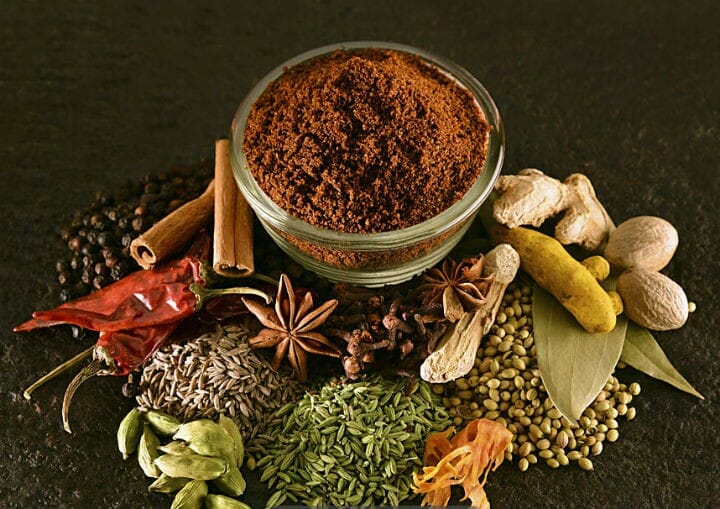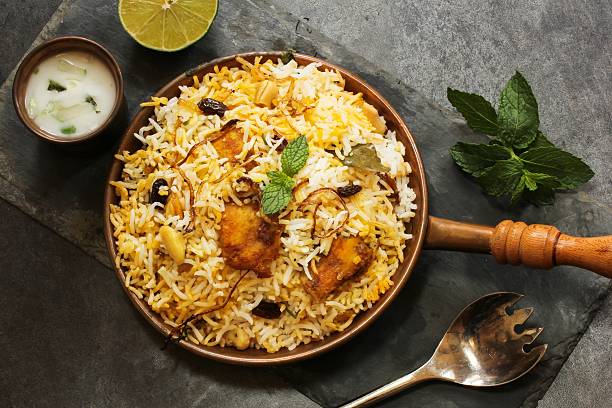Across the vibrant tapestry of Indian and Sri Lankan communities, cuisine weaves its own intricate history, mirroring the cultural amalgamation brought by centuries of interaction and exchange. From ancient times, waves of invaders such as Turks, Arabs, Persians, and Afghans left an indelible mark on the culinary landscape, introducing opulent feasting traditions and laying the foundation for Mughlai cuisine. Within this culinary mosaic, iconic dishes like biryani emerged, symbolizing the fusion of diverse culinary influences.
Although biryani is often associated with the Mughals, its roots run deeper into the annals of history. Tamil literature references “Oon Soru,” a rice dish akin to biryani, as early as 2 A.D., indicating its presence before the Mughal era. Travelers like Al-Biruni further documented rice-based meals resembling biryani in the courts of pre-Mughal Sultans, showcasing its ancient origins in the Indian subcontinent.
Etymologically, the word “biryani” traces its origins to the Persian “birian,” meaning “fried before cooking,” hinting at potential Iranian influences. Legend intertwines with history as stories attribute biryani’s creation to Mumtaz Mahal, consort of Shah Jahan, who sought to nourish underfed soldiers with a nutritious meal. Despite its diverse origins, the dish flourished under the Mughals and later adapted to regional tastes across India and Sri Lanka.

As India entered the colonial era, biryani continued to evolve, reflecting the socio-political landscape of the time. The British exile of Nawab Wajid Ali Shah to Kolkata led to the creation of Calcutta biryani, while regional rulers like the Nizams fostered variations such as Hyderabadi biryani, each with its distinct flavors and ingredients.
Today, biryani stands as a quintessential dish of celebration, embodying the essence of festive seasons in Indian and Sri Lankan communities. Its aromatic blend of spices, fragrant basmati rice, and tender meat or seafood evoke a sense of joy and togetherness during gatherings and festivities. From the Malabar coast to the royal courts of Sri Lanka, biryani has transcended its aristocratic origins to become a beloved staple in households and communities alike.

As the festive season approaches, the tantalizing aroma of biryani wafting from kitchens signifies the joyous reunions and communal feasting that define Indian and Sri Lankan celebrations. Whether it’s the grandeur of Royal Gold Biryani or the fiery zest of Hyderabadi spices, each variety offers a unique culinary experience, echoing centuries of tradition and culinary craftsmanship.
In essence, biryani isn’t just a dish; it’s an emotion, a testament to the cultural vibrancy and culinary heritage of Indian and Sri Lankan communities. So as we gather around the table during festive occasions, let us savor not just the flavors of biryani but also the stories and traditions that make it a cherished part of our festive rituals.
#IndianCuisine #SriLankanFood #BiryaniHistory #FestiveFeasts #CulinaryHeritage #CulturalFusionFood #CommunityCelebrations




